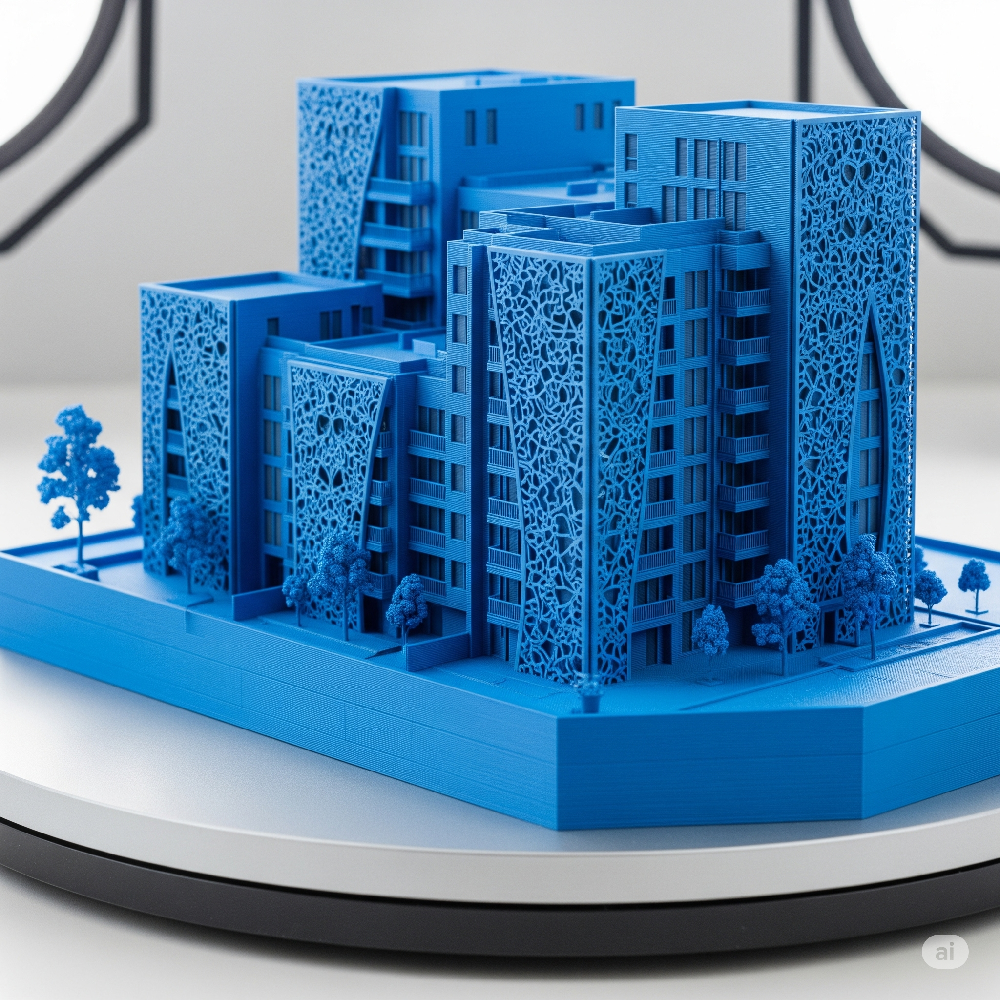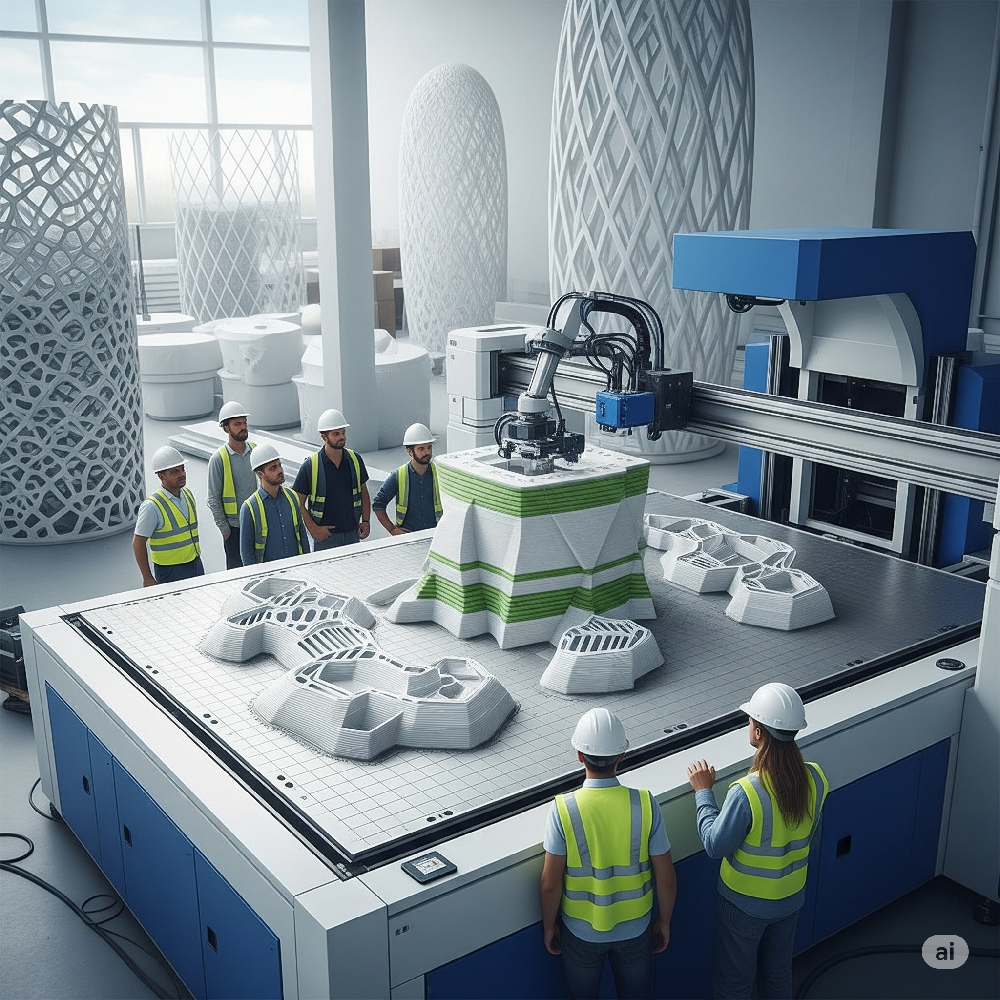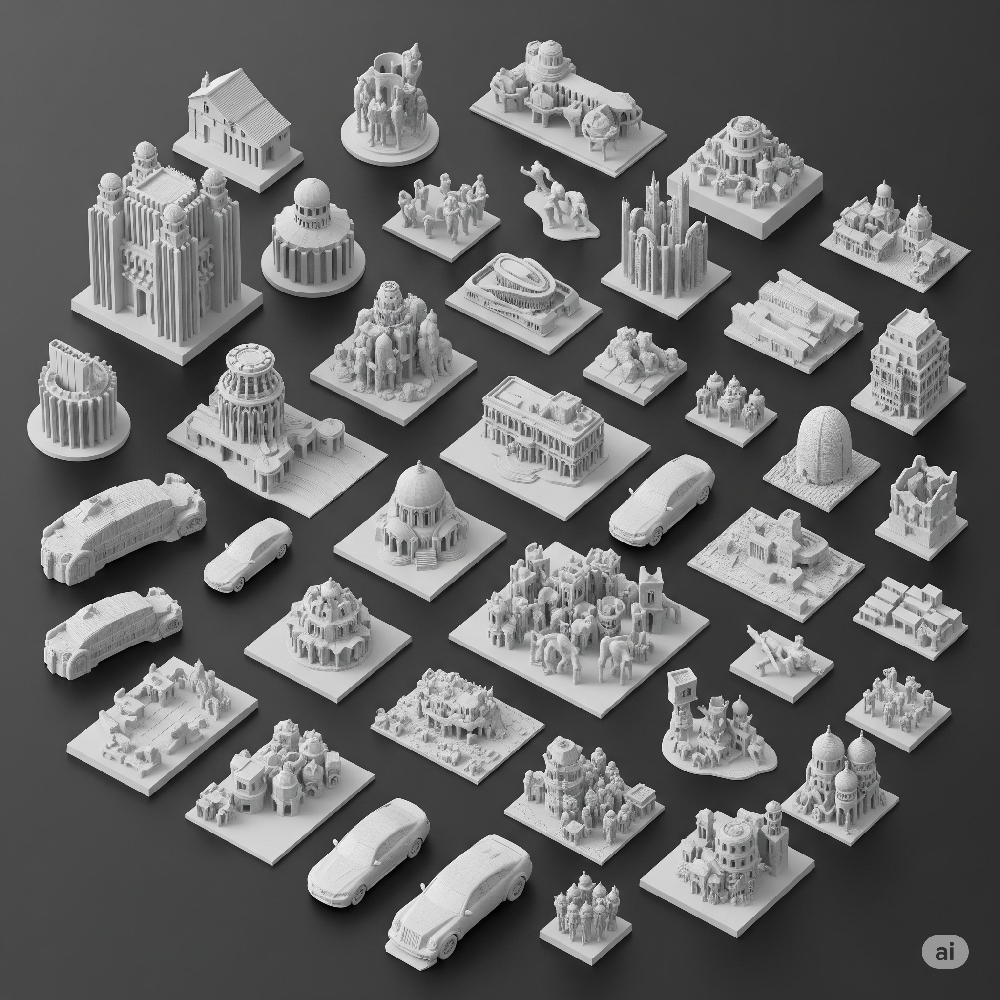Architecture
How 3D Printing and 3D Printer Filaments Are Transforming Architecture
In the last decade, 3D printing has evolved from In recent years, the intersection of technology and design has led to groundbreaking changes in architecture. One of the most exciting developments is the use of 3D printing in architectural design, prototyping, and even construction. At the core of this revolution lies a crucial element: the 3D printer filament. These materials have enabled architects to explore new forms, test structural ideas rapidly, and bring conceptual designs to life in ways that were previously cost-prohibitive or time-consuming.

1. 3D Printing in Architectural Design
Architects have long relied on scale models to visualize and present their work. Traditional model-making is labor-intensive and can be limiting in detail and customization. 3D printing in architecture has changed the game by allowing for rapid, precise, and highly customizable model production.
Using high-quality 3D printer filaments, architectural firms can produce detailed models of entire buildings, intricate facades, or even urban landscapes. These printed models help with client presentations, design validation, and communication with contractors, making the design process more efficient and collaborative.
2. Types of 3D Printer Filaments Used in Architecture
The type of 3D printer filament you choose greatly influences the quality, strength, and appearance of your architectural models. Some popular filaments used in architectural applications include:
- PLA (Polylactic Acid): Known for its ease of use and clean finish, PLA is ideal for creating detailed architectural models and prototypes.
- ABS (Acrylonitrile Butadiene Styrene): Offers higher durability and temperature resistance, making it suitable for more functional parts.
- PETG: Combines strength and flexibility, making it useful for structural prototypes or models requiring transparency.
- Wood-filled or Stone-filled Filaments: These specialty filaments add realistic textures to models, providing a natural and tactile look and feel.
By selecting the right 3D filament, architects can match the aesthetics and performance of their models to the needs of their project.
3. Full-Scale Construction and 3D Printing
While smaller-scale modeling is more common, 3D printing technology is also being explored for full-scale construction. Large-format 3D printers using industrial-grade materials like concrete mixtures can print walls, housing modules, and structural components directly on-site. Though still in early adoption stages, this innovation shows how 3D printer filament technology could eventually scale to revolutionize sustainable construction practices.
4. Benefits of 3D Printing in Architecture
- Speed: 3D printed models can be produced in hours instead of days.
- Precision: Complex geometries and fine details are easier to achieve with digital printing than traditional model-making.
- Cost-Effectiveness: Reduces the need for expensive molds or outsourced labor.
- Iteration: Easy to make quick changes and reprint, supporting agile design processes.
- Sustainability: Many filaments, like PLA, are biodegradable or recyclable, helping reduce environmental impact.


5. Future Trends
As 3D printer filament technology continues to evolve, we’ll see even more advanced materials tailored to architectural needs—such as fire-retardant filaments, flexible composites, and eco-friendly bio-based materials. These innovations will not only enhance model quality but could also pave the way for new architectural methodologies.
Conclusion: Rethinking Design with 3D Printing
For modern architects, embracing 3D printing and the right 3D printer filaments means unlocking new creative and technical possibilities. Whether you're a student, a firm, or a construction innovator, investing in high-quality filament and printers is no longer optional—it's essential to staying competitive in a rapidly changing industry.
Looking for the best filaments for architectural projects? [Browse our premium range of 3D printer filaments here.]


